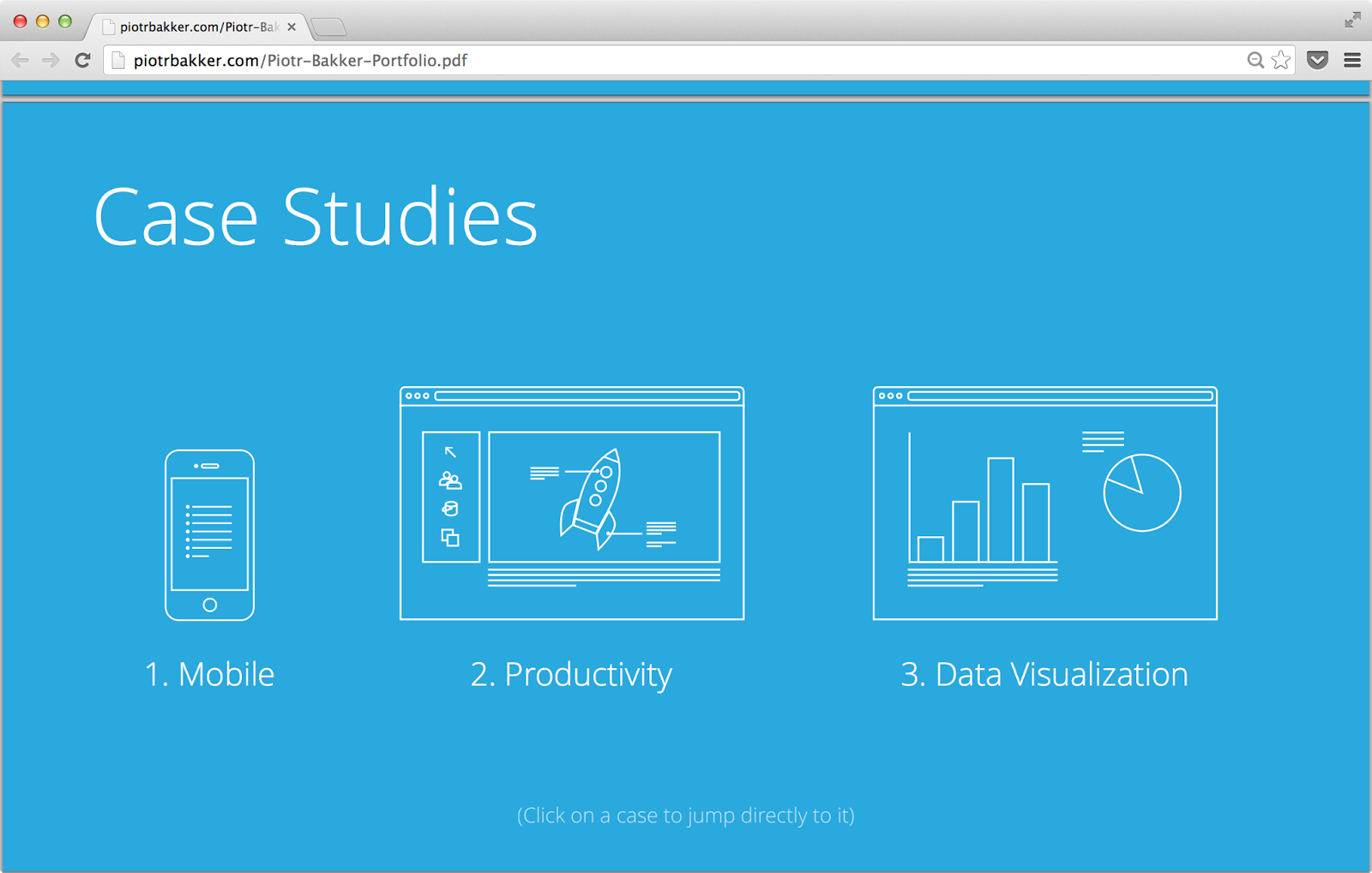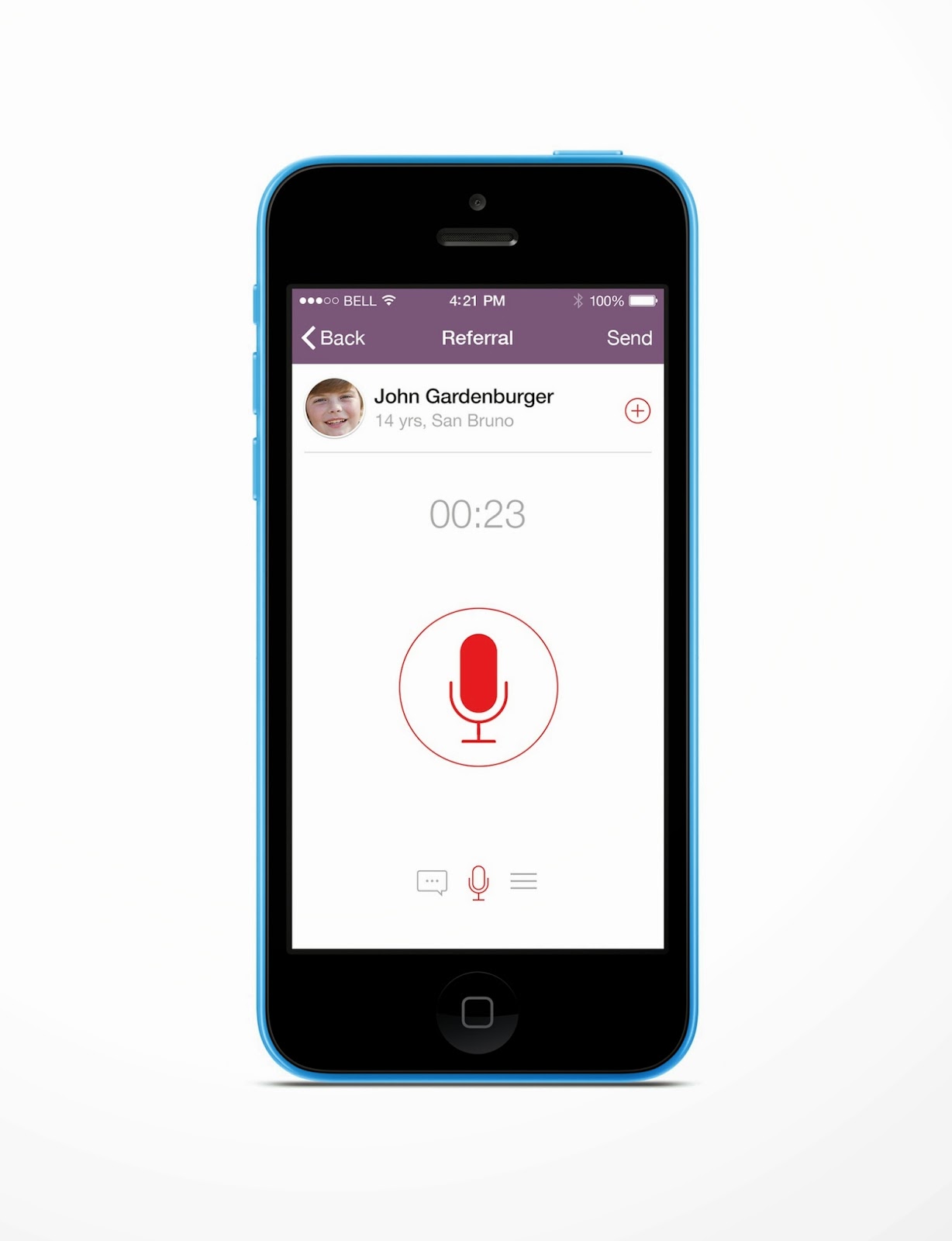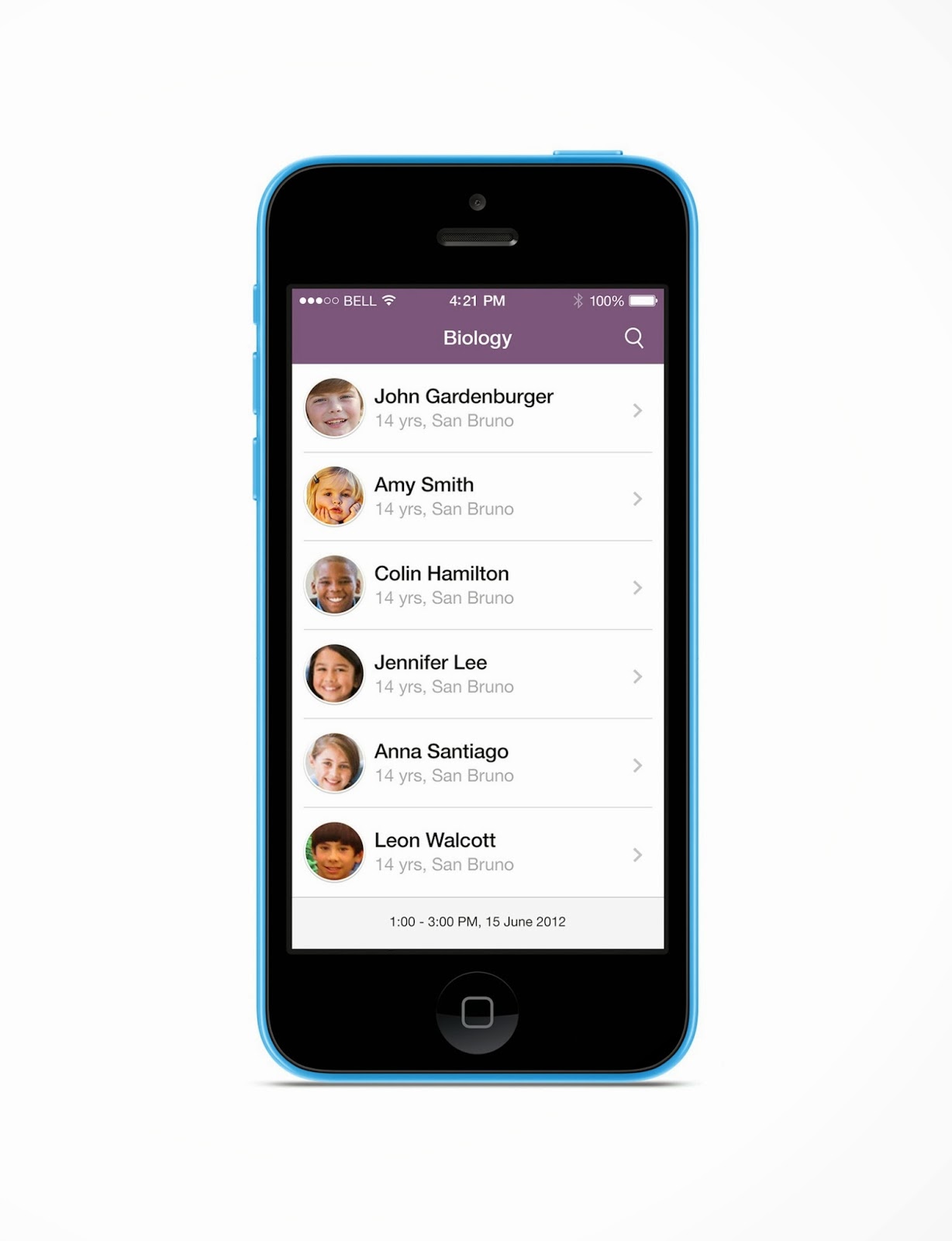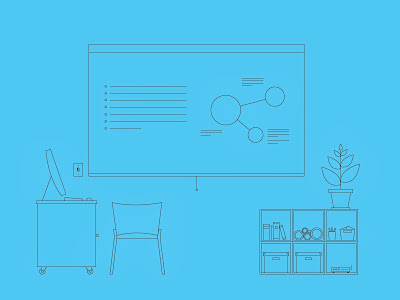Creating a logo from scratch can be a daunting task if you are not a trained graphic designer. But there is a technique you can use to get around this problem — I call it "visual portmanteaus". Portmanteaus are combinations of two different words which together form an entirely new word, all while retaining their original meanings. Microsoft, Groupon and Pinterest are well known examples of this. You can create a logo using this method as well, only difference being that instead of combining words you combine pictograms.
What you do is try to come up with pairs of objects that would represent the brand. Once you have a shortlist you search the web for pictograms / icons representing those objects (ideally in .svg format). You can use resources such as
IcoMoon and
NounProject, which offer very cheap / free images. Pictograms are by definition somewhat generic and on their own don't always make good branding assets, but combining two or more pictograms into one can yield surprisingly unique effects.
Take a look at the three mini case studies of some of my recent logo designs (each completed in under 1 hour). The cases first introduce the product and then break down the rationale behind the design decisions. Of course, there is a lot more to creating brand identity than throwing in such a visual portmanteau. The typeface and the colour are equally important. So I briefly describe the rationale behind these choices as well.
Gobsmag
Gobsmag is a portmanteau of "gobsmacked" and "magazine". It's a recently launched online magazine that aims to introduce its readers to amazing bands they never heard of.
Pictogram
A vinyl record which also is a bomb, symbolising an explosion and an impact, similarly to when you are “gobsmacked”. At the same time the burning fuse can be seen as a broadcast antenna which reflects that gobsmag is a publication.
Derivative work of "Bomb" by Diego Naive and "Record" by Max Thorson, licensed under CC BY 3.0
Logotype
Helvetica Regular presents a certain level of sophistication, to appeal to the 30+ audience which I thought the target market would be. With its thicker lines it also matches the weight of the pictogram nicely. Lower-case gives the letters a more rounded look, again fitting well with the pictogram.
Colours
Both letters and the pictogram are in black to disguise the pictogram as an actual letter and create a perception of a single entity. I wanted the reader to view the symbolic part behind the pictogram (music with impact) as integral to the brand.
UX Tailor
UX Tailor is a brand name I came up with on a flight from San Francisco to Amsterdam. It's a user experience design agency that creates highly personalised designs, akin to being "tailor made".
Pictogram
A pair of scissors symbolizes the craft of tailoring. The scissors sit in a "hollow" square is an icon YouTube uses for the full-screen mode, representing, thus, a holistic approach to design.
Logotype
Open Sans is such a charming font that it's hard not to like it. It's very modern and clean, therefore I felt it would fit with the "blueprint" styling of the site which evokes innovation and precision.
Colours
Light blue background refers to a blueprint, alluding to the technical aspects of user experience design. The scissors in dark yellow helps them stand out, breaking somewhat the white-blue colour scheme. In addition, drawing on the comparison with fire this colour evokes a certain level of fervour and urgency.
Quillio
Quillio is a mash up of Longman Dictionary and Penguin Classics APIs – inspiring writers through defining and displaying words in the context of classic novels rather than just a boring definition.
Pictogram
It combines a quill (feather) with an open book. The quill stands for the act of writing, while the book can be interpreted as a dictionary. Result: dictionary for writers.
Logotype
Myriad is less popular than Helvetica, although there are some heavyweights using it, like Rolls-Royce and Apple. This gives it a slightly more unique feel. In contrast to Helvetica it also seems less formal, owing perhaps to an element of playfulness that is present in its curves.
Colours
Greyscale at 40% gives it a neutral feel without drawing users’ attention away from the content. It's just enough to feel solid without screaming for attention.


























